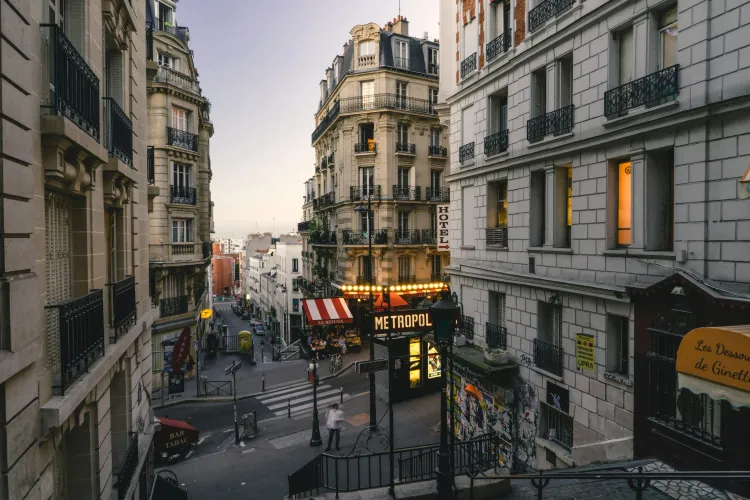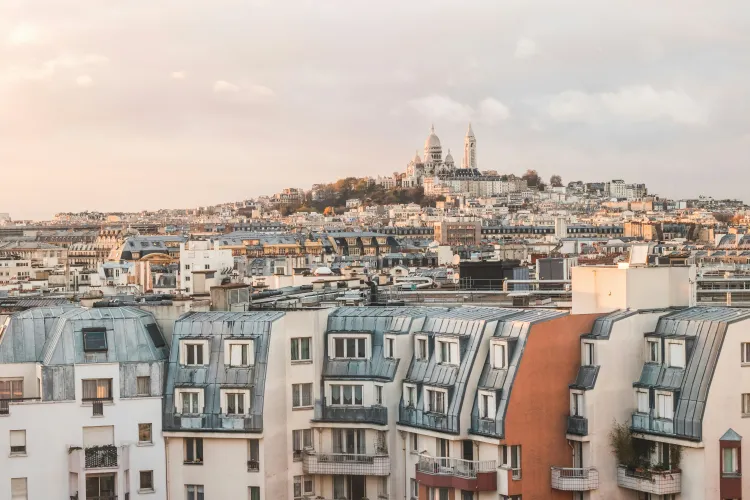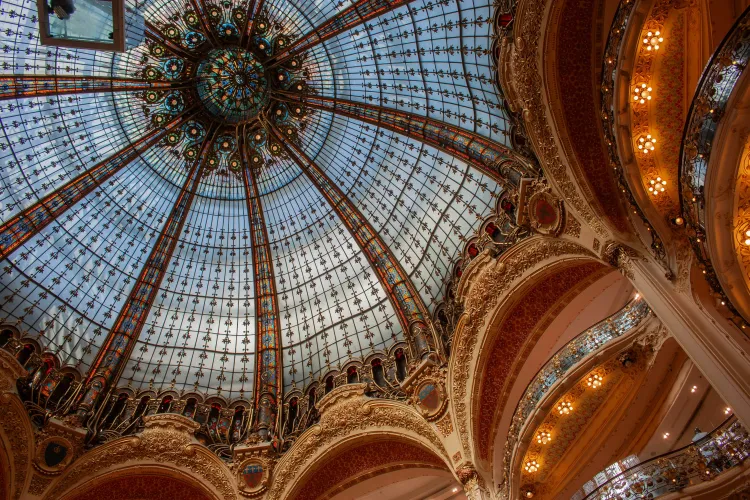The Louvre Museum
The Louvre is not just a museum; it’s a Paris institution. As one of the most visited museums in the world, it’s essential to plan your visit in advance to avoid the long lines. Apart from the world-famous Mona Lisa, you’ll find works by other renowned artists such as Leonardo da Vinci, Michelangelo, and Raphael, along with sculptures, antiquities, and Islamic art.
For an enhanced experience, consider booking a guided tour, which will allow you to skip the line and gain deeper insight into the collections. The Louvre is not just about the art but also about the grandeur of the architecture. Don’t forget to visit the glass pyramid, the entrance to the museum, which is a symbol of modern Paris
Historical fact:
The Mona Lisa’s fame was only amplified after she was stolen from the Louvre in 1911. The painting, which was once quietly admired by a few, became a global sensation after an Italian named Vincenzo Peruggia stole it. Peruggia, who worked in the Louvre, believed the painting belonged in Italy, not France. He hid the artwork for two years in his apartment before it was finally recovered. The theft made international headlines, and ever since, the Mona Lisa has been one of the most famous and visited paintings in the world, with visitors from around the globe flocking to the Louvre to see it behind its bulletproof glass case.
The Eiffel Tower
Standing at 324 meters tall, the Eiffel Tower is an iconic symbol of Paris. There are several ways to experience this landmark, but one of the most magical is to book a sunset dinner in one of its restaurants. As you dine, you’ll have a spectacular view of the city lit up as night falls. For a more budget-friendly option, you can take an elevator ride to the top for panoramic views of Paris.
Many visitors opt to take a leisurely walk through the Champ de Mars park at the base of the Eiffel Tower, where they can take photos and enjoy a peaceful moment with a view of this stunning monument. And if you happen to be in the area around midnight, you’ll witness the Eiffel Tower sparkle for five minutes on the hour – a truly mesmerizing sight!
If you’re planning to go up, plan your visit in advance and book a ticket online. The price depends on the level you want to visit.
Historical fact:
When the Eiffel Tower was being built in the late 19th century, many Parisians and even prominent figures in the art world were not impressed. Some even called it an “eyesore,” claiming it would ruin the beauty of Paris. The architect Gustave Eiffel himself took a massive gamble in constructing such a controversial project. To prove its worth, Eiffel used the tower to demonstrate the new field of aerodynamics, conducting wind resistance tests. The Eiffel Tower’s success helped cement Eiffel’s legacy as an engineer and visionary. To this day, it stands as the most visited paid monument in the world, with nearly 7 million visitors each year.
The Petit Palais
Less crowded but still significant, the Petit Palais (Museum of Fine Arts of the City of Paris) is an incredible museum full of fine art from ancient times to the early 20th century.
The Petit Palais houses works by great artists like Rembrandt, Monet, Cézanne, and Rodin, and it also features a beautiful inner garden. There are fewer tourists here, so you can enjoy a peaceful and more relaxed visit.
Best of all, entry is free! Maison de Balzac (Balzac’s House)
This is the only surviving home of the famous French novelist Honoré de Balzac. The house is located in the 16th arrondissement of Paris, though it was once on the outskirts.
Balzac lived here from 1840 to 1847 and wrote La Comédie Humaine while in hiding from his creditors. The museum now exhibits his personal belongings, manuscripts, and original editions of his works.
If you’re a fan of French literature, this is a must-see, with an added bonus: a beautiful garden and a view of the Eiffel Tower (which didn’t exist during Balzac’s time).
Be sure to book your tickets in advance on the official web page.
Notre Dame de Paris
The iconic Notre-Dame de Paris, one of France’s most beloved landmarks, has been undergoing restoration since the devastating fire of 2019. The cathedral, which has played a central role in French history and culture, officially reopened on December 7, 2024.
This grand reopening was highly anticipated, as the cathedral has long been a symbol of Paris and a key site for countless historical events, including royal coronations and Napoleon Bonaparte’s self-coronation as emperor in 1804. While it remained closed to the public until then, the anticipation of its return was building, making it an essential part of any future Parisian visit.
Historical fact:
Notre Dame de Paris is more than just an architectural marvel - it’s immortalized in Victor Hugo’s iconic novel, The Hunchback of Notre-Dame. Published in 1831, the story centers around Quasimodo, the bell-ringer of Notre Dame, and his love for the beautiful gypsy, Esmeralda. Hugo’s novel was integral in sparking a movement to restore the cathedral, which had fallen into disrepair during the 18th century. In fact, Hugo’s book brought attention to the neglected cathedral and played a crucial role in its restoration efforts. Without his work, the cathedral may not have received the attention it needed and could have been further damaged or even dismantled. The famous bell-ringer Quasimodo, though fictional, helped to shape Paris’ historical preservation!
Centre Pompidou
The Centre Pompidou, known for its fascinating “inside-out” architectural design, is a centre of modern and contemporary culture. Definitely one of the top 10 things to do in Paris.
Its pipes, ducts, and structural elements are on display outside. Inside, the Musée National d’Art Moderne offers Europe’s largest collection of modern art, featuring works by Picasso, Kandinsky, Matisse, and others. Don’t miss the rooftop terrace for panoramic views of Paris!





